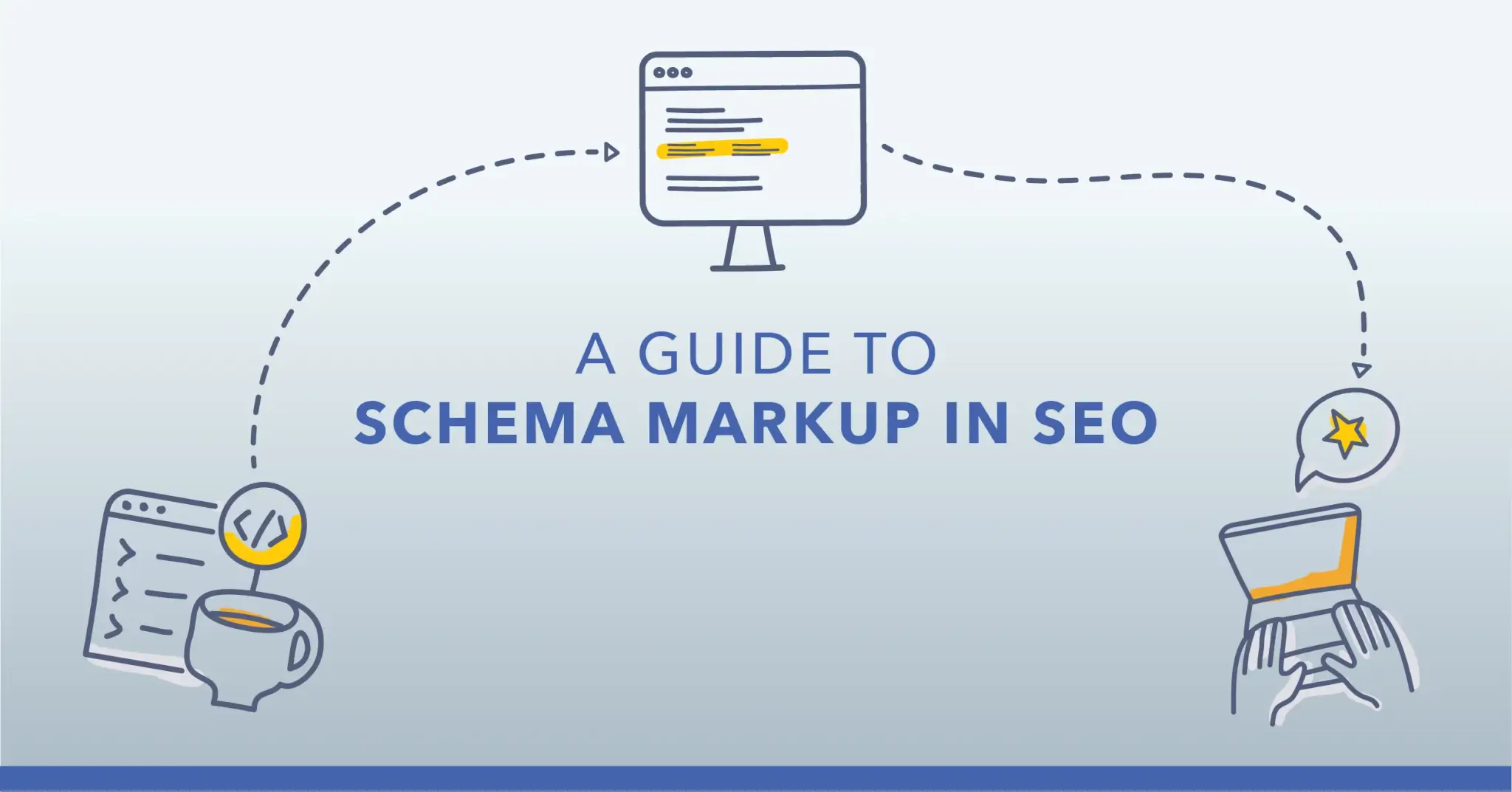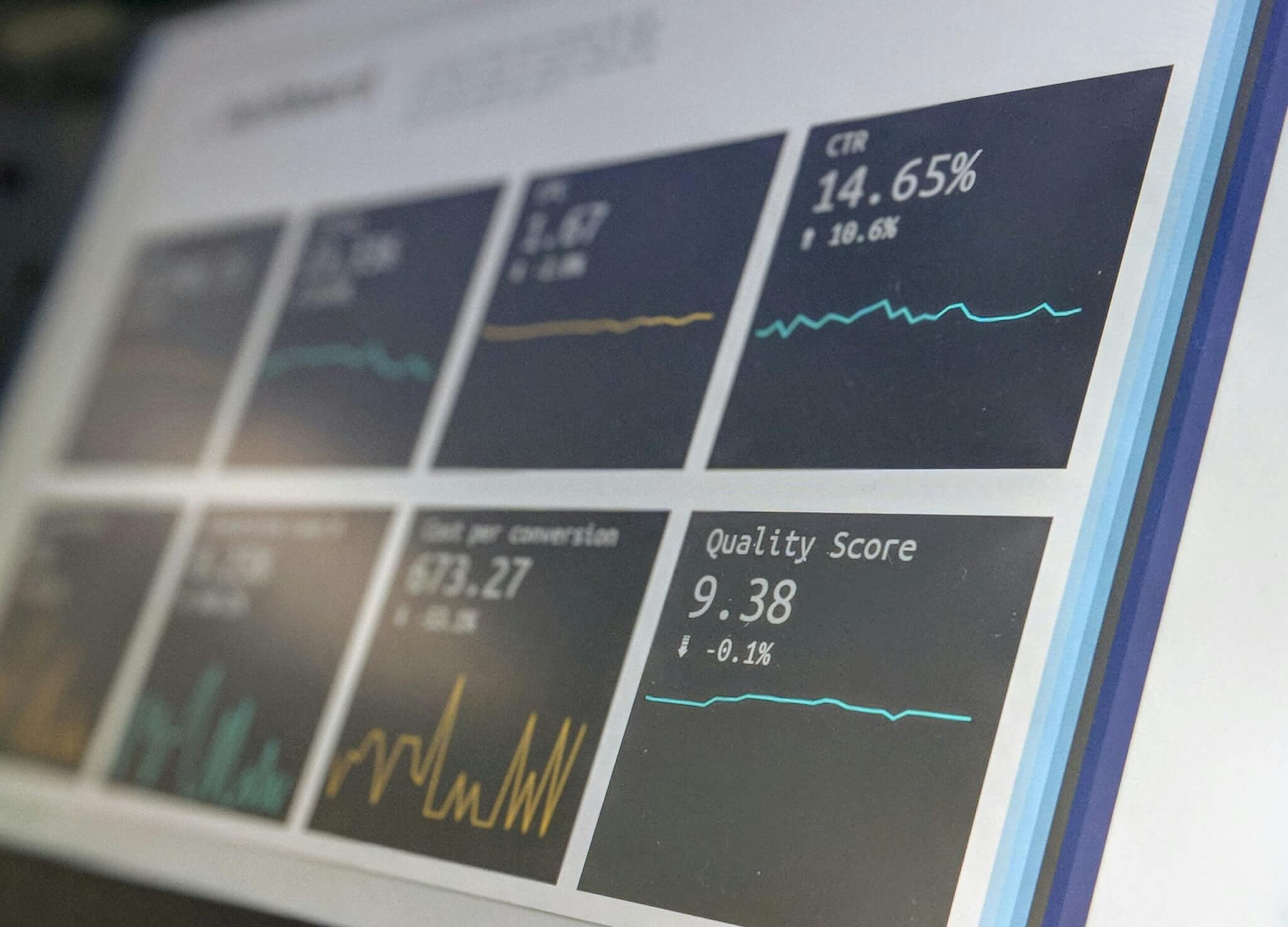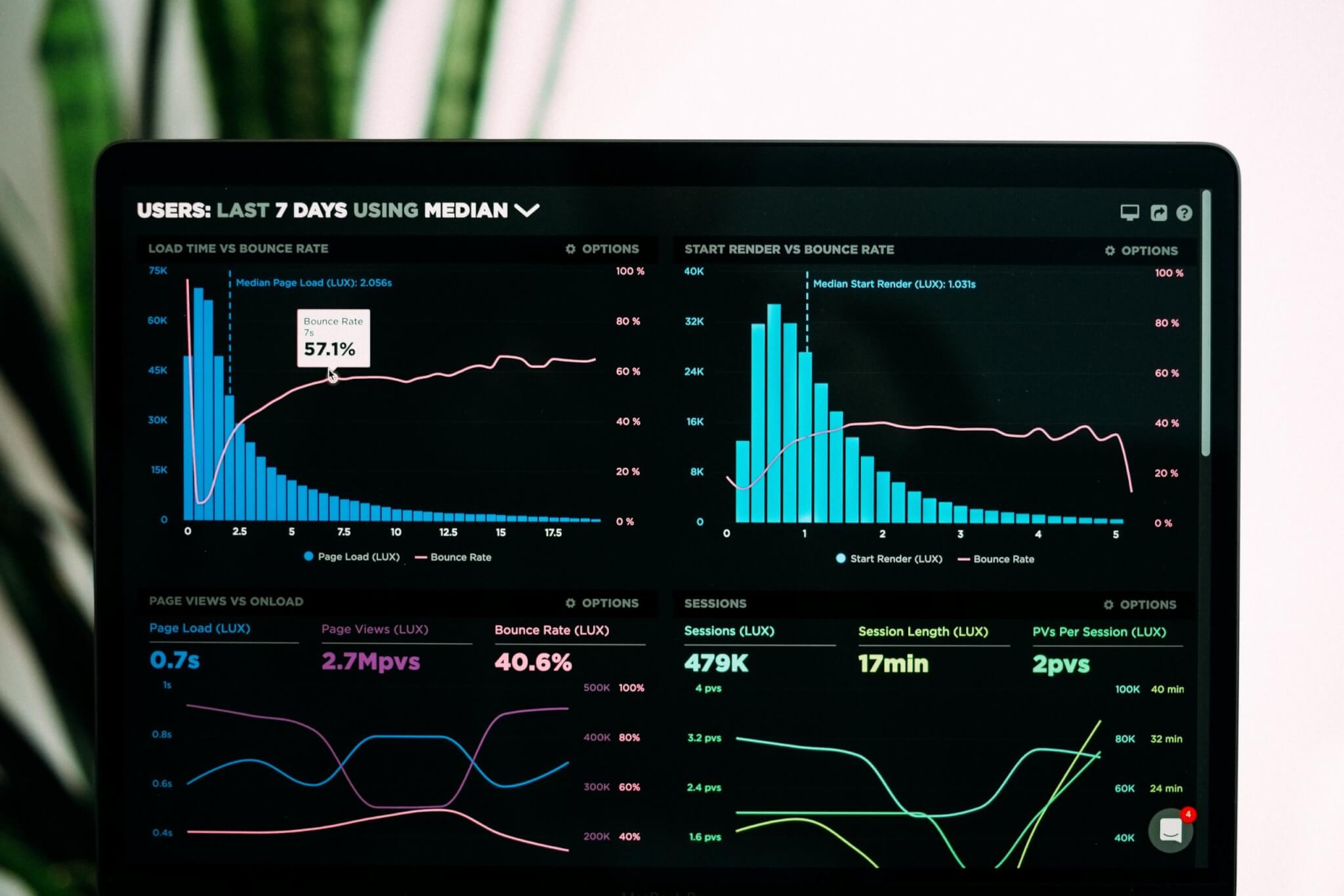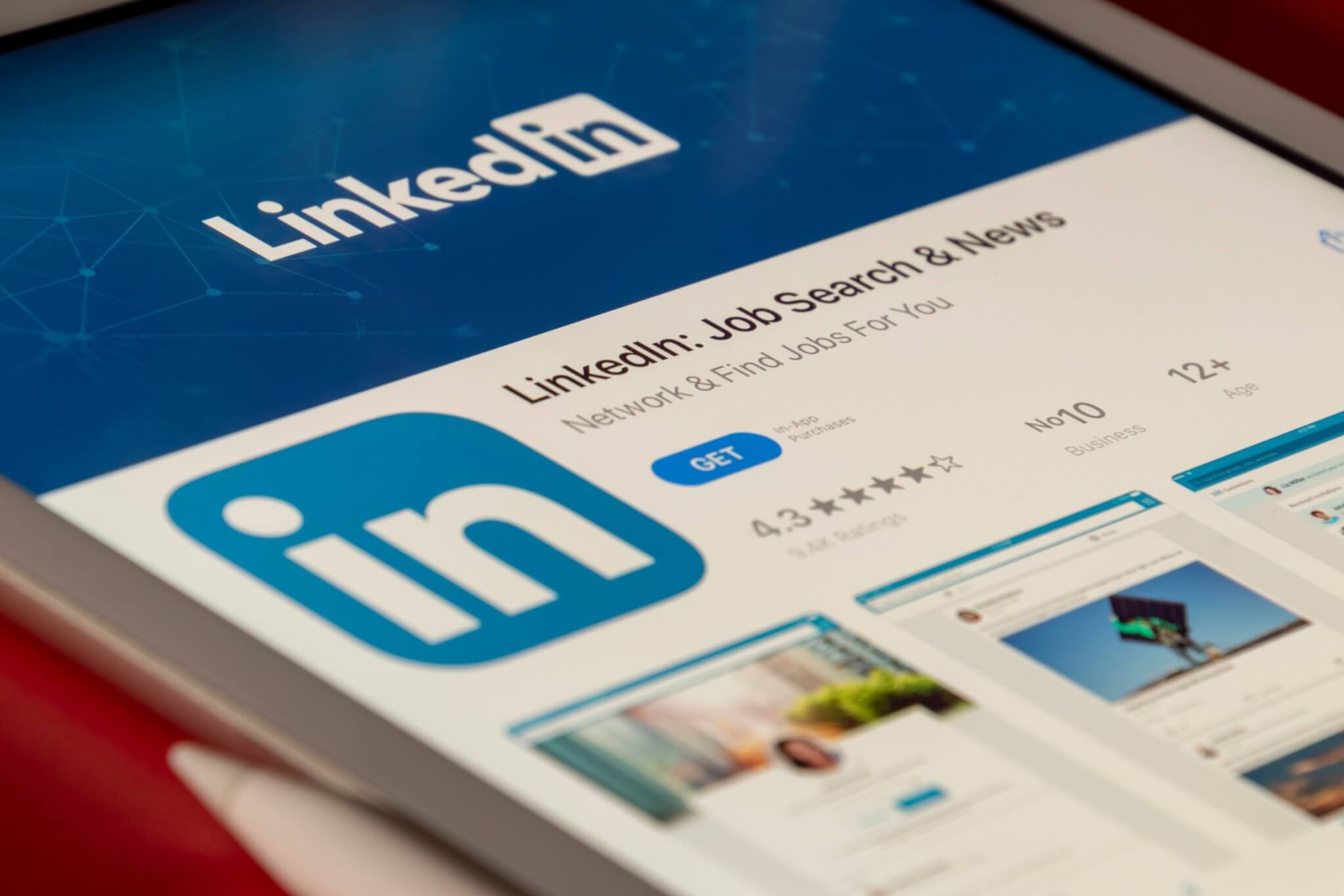Thought leadership is one of the most important ways a brand can separate itself from competitors by proving itself to be a trusted authority in its industry. Whilst thought leadership is a great way to position yourself at the forefront of your audience’s minds, many businesses don’t understand the importance of thought leadership. In this article, we’ll discuss the thought leadership meaning and how you can use it to boost your brand awareness.
What is thought leadership in PR?
Thought leadership is often used as a PR strategy to create and share thought-provoking research that builds brand awareness and credibility. The aim is to gain influential media coverage of these key ideas, research and opinions from within the business. The brand’s voice will be heard whilst building trust and influence with potential customers and clients.
For example, a thought leadership piece in PR might be a key individual from the organisation providing expert commentary on something that’s happening in the news or in their specific industry. This would then be shared with media journalists whether it’s an article or interview.
What is the importance of thought leadership?
Thought leadership is a hugely important PR strategy for brands. Not only does it influence the decisions of clients/customers but it also builds trust and authority surrounding your brand and company as a whole.
Building your authority with thought leadership PR is a great way to position yourself as an expert in your industry, in particular to those you want to target.
How do you promote thought leadership?
You can promote thought leadership in a huge variety of ways to ensure that it reaches your target audience and beyond. Let’s take a look at some of the best ways to promote thought leadership:
- Press – a classic PR example is providing expert comments to journalists to share in news articles online, in magazines, newspapers and more.
- Media interviews – a great way of promoting your thought-provoking ideas with interviews online, over the radio or even in the media.
- Social media – reposting and sharing any thought leadership PR, including unique perspective or interesting insights, or sharing your ideas with followers of your brand.
- LinkedIn – if you work with a B2B audience, LinkedIn is a brilliant place to share thought leadership PR and post your thought-provoking takes on current events. It’s a great way to reach key decision-makers in your industry.
- Email newsletters – provide your existing email subscribers with value by sharing thought leadership content with them in your weekly newsletter. This will only further highlight your brand as an expert authority.
How to use thought leadership in your PR project
Now you know how important thought leadership is to your business, how do you actually use it in your next PR project? It’s important to understand that it takes time to build the awareness and trust required for successful thought leadership and for your business to become an authority. It’s worth having some key people in the business that are your go-to for expert comments on anything from global events to business-related news.
Understand your audience
The key to the success of any PR campaign is to fully understand your audience and what problems they need to solve. For example, perhaps your audience is marketing professionals who are struggling with the Instagram algorithm. How can you provide an insightful solution to this problem that other brands haven’t solved yet? With thought leadership PR you can explain why your solution works and why current brands are unable to solve the problem.
By providing timely thought leadership ideas that target your audience’s pain points, you’re not only placing yourself as an authoritative source to solve their problems but you’re also gaining wider media coverage, increasing your brand awareness.
Research
Yes, you might be an expert in your industry but you should never skip the research! Delivering thought-provoking ideas that are well researched is what will separate you from competitors, even if the topic has been discussed before.
Here’s some key research you should carry out:
- Keyword research for SEO
- Industry news so you can respond to timely events
- Trade publications
- Research reports that can back up what you’re saying
This research will not only increase your knowledge base but will also help to support your thought leadership piece. Being able to back up claims with well-researched data boosts your credibility, building trust with your audience.
Ask questions
You can bolster your credibility by asking other relevant thought leaders in your industry questions. This can help support your ideas and improve your knowledge base. Asking questions about your industry as a whole in your thought leadership piece can also be a great tactic. This will position you as a spokesperson/advocate for your audience and will boost brand awareness.
Who should use thought leadership?
It’s commonly believed that thought leadership should only be used in a B2B environment, however, it can hugely benefit B2C companies too. In a B2B context, sharing thought leadership pieces on LinkedIn is a great way to reach key decision-makers and potential clients. In a B2C context, thought leadership is a great way to gain some PR coverage in large media outlets, reaching a wider customer base.
The key purpose of thought leadership is to become an authoritative source in your area, whether it’s B2B or B2C. So, who should be the thought leader(s) in your company?
Thought leadership can come from anyone:
- Executives
- Customers
- Managers
- Designers
- Customer service
- Sales
- The list goes on!
However, you should never force thought leadership on anyone. It needs to come from a place of passion and inspiration in order to seem authentic. Our advice would be to choose some key individuals within the company that can provide insight on timely topics. Here’s what to look for from a thought leader:
- Passionate about what they do and the business
- An industry expert
- Active within the industry whether it’s on social media or attending events
- Media trained and enjoys speaking in front of an audience
- Great communication skills
- Excited to represent the company
- Willing to challenge the status quo with great ideas
What are the benefits of thought leadership?
There are a whole host of benefits to an effective thought leadership PR strategy:
- Brand awareness – having a thought leader in the media means people will be talking about your organisation.
- Authoritative link-building – having links to your company in large online publications will help boost your SEO.
- Strong brand narrative – being seen as a company with cutting-edge thought leaders will position your brand as an authority within your industry that’s leading the way.
- Builds a USP – when deciding on making a purchase or choosing who to work with, potential customers will see your thought leadership work as a USP over competitors.
- Attracts talent – people want to work with companies that are forward-thinking and leaders in their industry. As a result, you’ll attract an amazing team!
Thought leadership examples
So, what makes a truly great thought leader? Let’s look at some key examples from history to the modern day. You never know, you might just get inspired!
- Jack Kennedy – In the 1960s Jack Kennedy stated that humans will walk on the moon in the next decade. As a result, millions of people followed the course until the first moon landing in 1969. This thought leadership idea challenged what humans believed to be possible.
- Gary Vaynerchuk – now a famous influencer, Gary Vee has continuously shared thought leadership content on social media for years. As a result, millions of people follow his business teachings and listen to what he has to say.
- Jay Shetty – CEO of Icon Media and famous content creator, Jay Shetty shares life teachings and inspires millions.
You don’t need to be a famous influencer to be a thought leader. Thought leadership is about providing expertise and opinions in your field, building trust and your company profile. However, it’s not about selling products or services, rather it’s about providing value. The trust and value often then converts to sales but that shouldn’t be what you’re pushing when it comes to thought leadership PR pieces. Need some help? At Distinctly, digital PR services can help you form your PR strategy and grow your brand awareness with thought leadership.












































